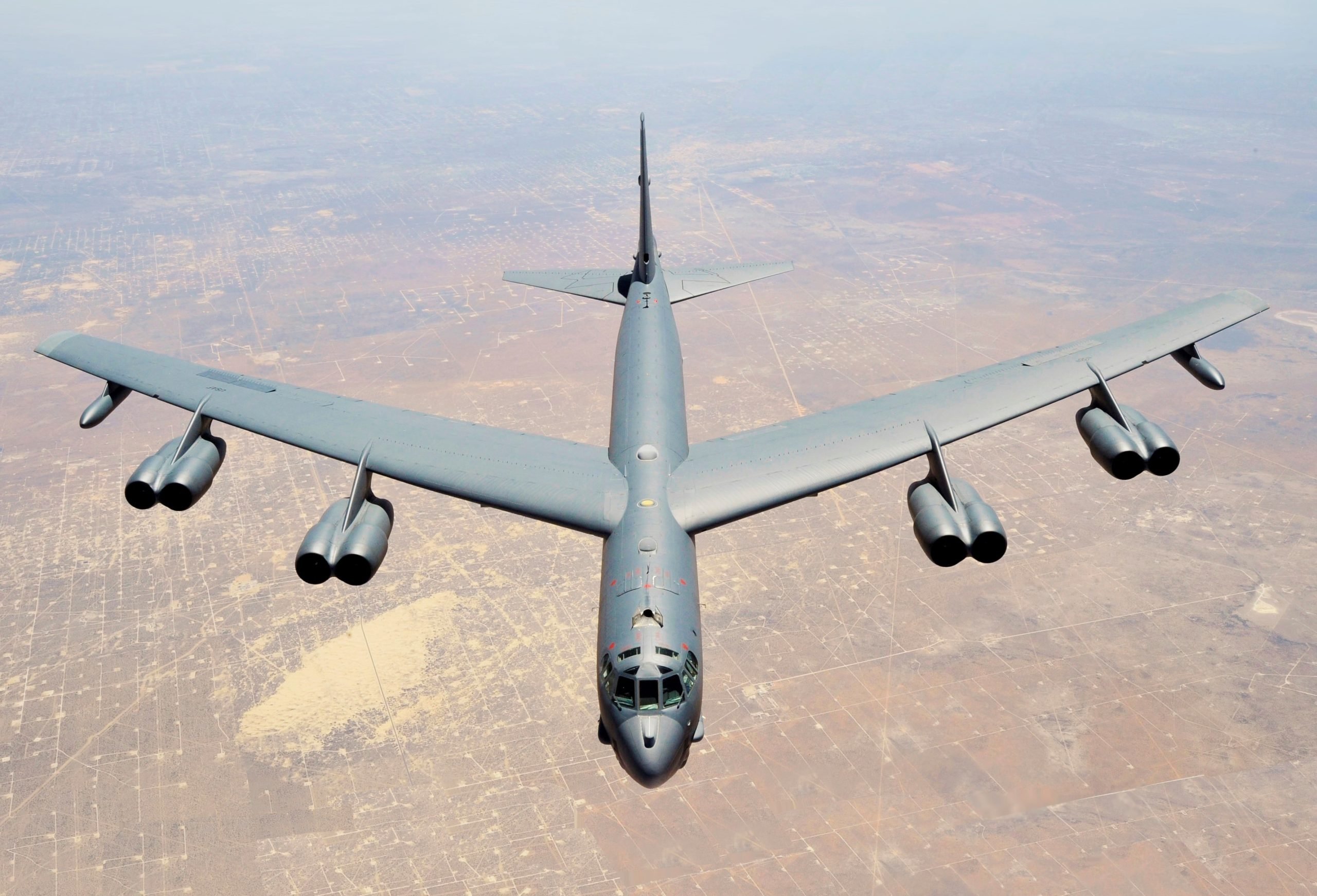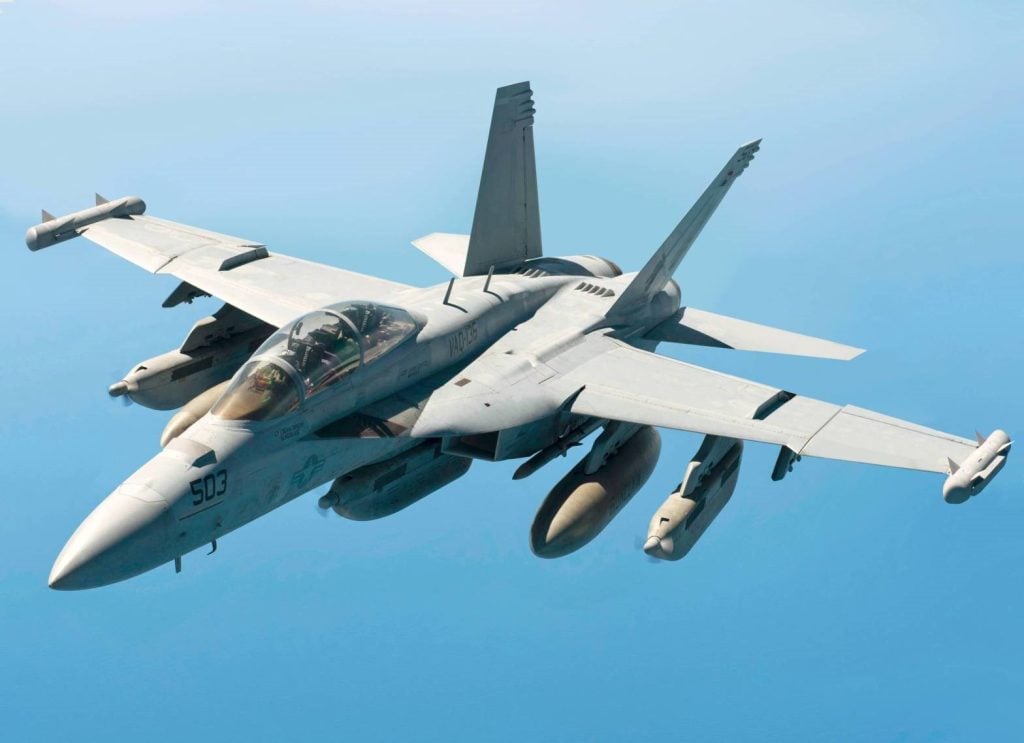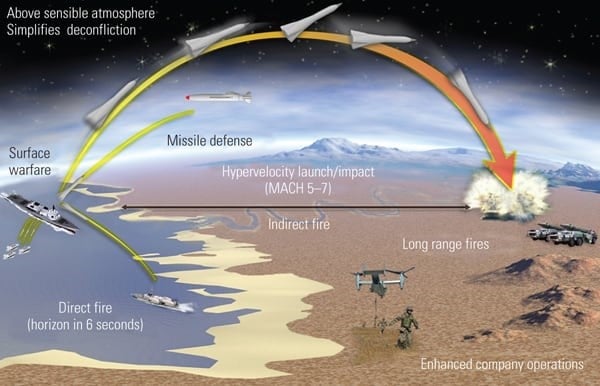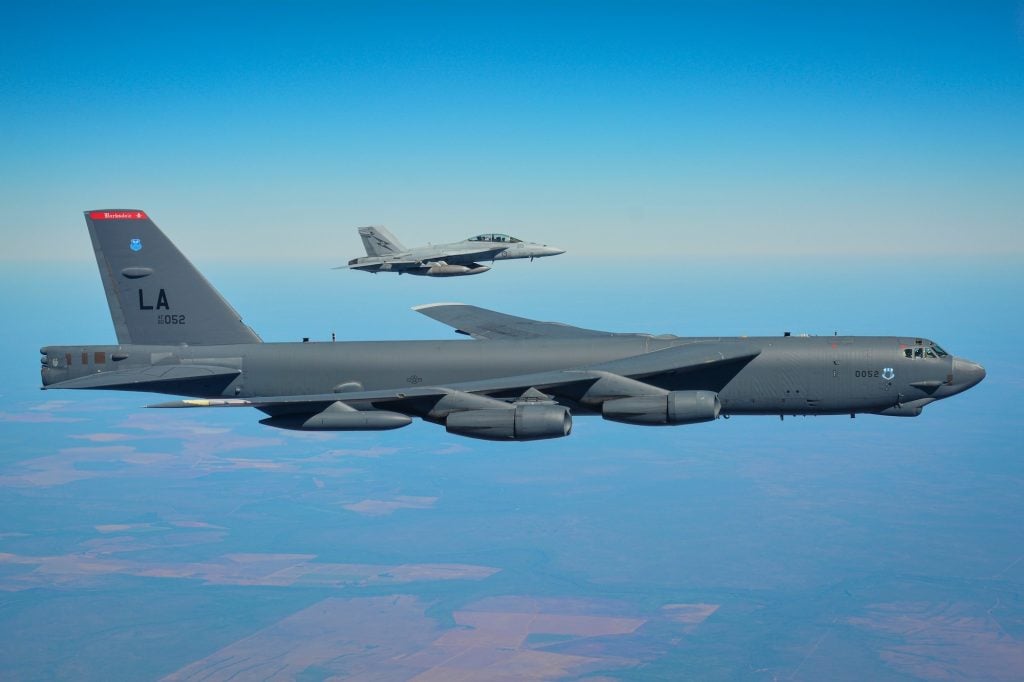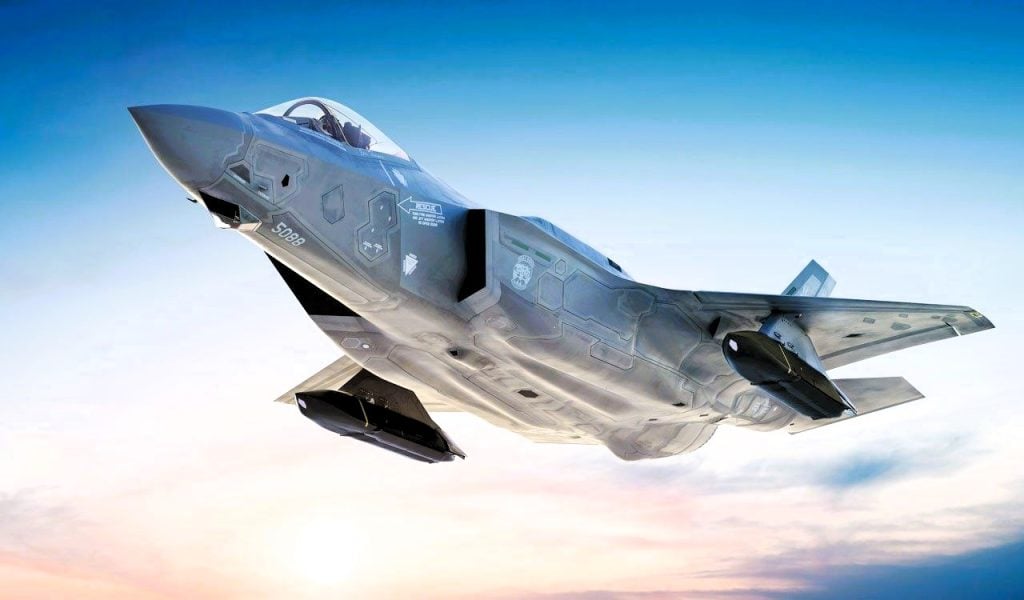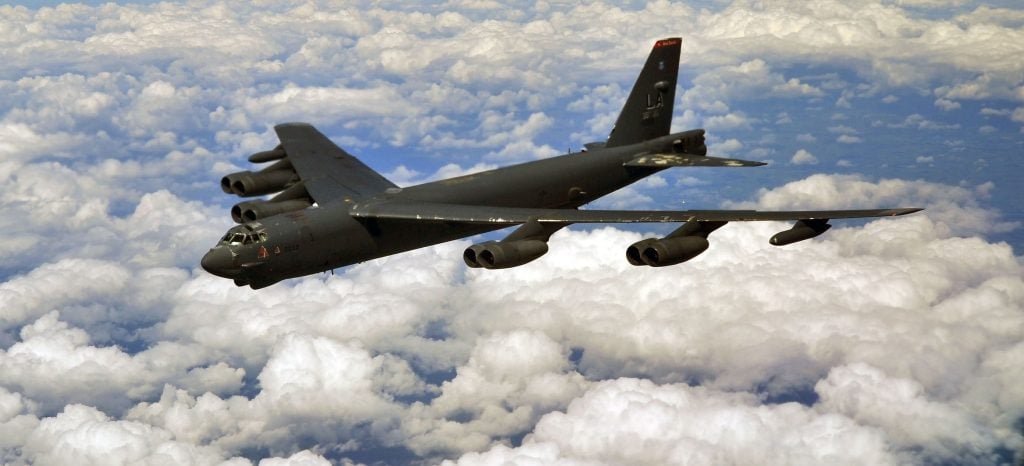The threat of electromagnetic pulse (EMP) attacks on military assets has become a growing concern for defense forces worldwide. As adversaries explore innovative ways to cripple critical infrastructure and strategic capabilities, the US military has taken proactive measures to safeguard its aircraft against this potent threat. From the iconic “Doomsday Plane” to the venerable B-52 Stratofortress bomber, the armed forces are employing cutting-edge technologies and hardening techniques to ensure their aerial platforms can withstand the devastating effects of an EMP strike.
In this comprehensive article, we delve into the intricate details of How Military Aircraft Handle EMP Dangers, exploring the specific measures taken to shield these vital assets and maintain their operational readiness in the face of this looming threat.
12 Top Navy Destroyers in the World 2024
Understanding the EMP Threat
An electromagnetic pulse (EMP) is a powerful burst of electromagnetic energy that can be generated by a high-altitude nuclear explosion or even a targeted cyberattack. This phenomenon has the potential to wreak havoc on electronic systems, causing widespread and potentially irreparable damage to critical infrastructure, including power grids, communication networks, and military equipment.
The devastating consequences of an EMP attack are well-documented. As experts from the Heritage Foundation have cautioned, a high-altitude nuclear detonation over the continental United States could easily lead to the widespread failure and permanent damage of entire regional power grids, effectively grinding the US economy to a halt. Without electricity, essential services would grind to a standstill, leading to untold loss of life as medical prescriptions go unfilled, food supplies dwindle, and civil unrest takes hold.
Recognizing the gravity of this threat, the US military has made it a top priority to harden its aircraft against the debilitating effects of an EMP strike. This commitment underscores the armed forces’ unwavering determination to maintain their strategic capabilities and ensure the continuity of command and control in the face of such a catastrophic event.
Hardening the “Doomsday Plane”
At the forefront of the military’s EMP defense efforts is the Boeing E-4B, affectionately known as the “Doomsday Plane.” This highly specialized aircraft serves as the airborne command center for the President of the United States, the Secretary of Defense, and the Chairman of the Joint Chiefs of Staff, making it a prime target for adversaries seeking to cripple the nation’s leadership and decision-making capabilities.
To safeguard this critical asset, the E-4B has undergone extensive hardening measures to protect it against the effects of an electromagnetic pulse. According to Dr. Omar Memon, an expert on the subject, these measures include:
- Thermal Effects Shielding: The aircraft’s specialized electrical system is designed to withstand the intense heat and thermal radiation generated by an EMP event.
- Nuclear Effects Protection: The E-4B is equipped with shielding that guards against the destructive nuclear effects that can accompany an EMP attack.
- Acoustic Control: Advanced acoustic control systems help mitigate the potentially damaging sound waves generated by an EMP detonation.
- Technical Control Facility: The aircraft’s technical control facility, which houses the sensitive electronic components, is engineered to withstand the electromagnetic interference and disruptions caused by an EMP.
- Upgraded Air-Conditioning System: An enhanced air-conditioning system ensures that the critical electrical components within the E-4B remain cool and operational, even in the face of the intense heat and power fluctuations that can result from an EMP strike.
These comprehensive measures, combined with the aircraft’s specialized satellite communication systems and secure channels, help ensure that the “Doomsday Plane” can maintain its vital command and control functions in the event of a catastrophic EMP attack.
Hardening the Venerable B-52 Stratofortress
While the E-4B may be the most well-known example of an EMP-hardened military aircraft, the US armed forces are also taking steps to protect other critical aerial platforms, such as the iconic B-52 Stratofortress bomber.
The B-52, affectionately known as the “BUFF” (Big Ugly Fat F*cker), has long been a cornerstone of the US strategic bomber fleet, capable of delivering both conventional and nuclear payloads. Given its crucial role in the nation’s defense, the military has recognized the importance of shielding this venerable aircraft against the threat of an EMP attack.
In a July 2020 article for Defence Blog, Dylan Malyasov reported on the ongoing efforts to harden the B-52 against electromagnetic pulses. The article explains that the testing process involves using an antenna device to send electromagnetic energy through the aircraft, allowing the military to assess how the B-52 reacts and whether any damage occurs to its electrical components.
“What we’re verifying is how the aircraft reacts in response to an electromagnetic pulse,” said Jiby Varughese, the section chief with the 555th Software Engineering Squadron. “What happens to the aircraft, how does it perform, is there any damage to the electrical components? That’s what we’re testing here.”
By conducting these rigorous tests and evaluations, the US Air Force can identify the vulnerable areas of the B-52’s systems and implement the necessary hardening measures to ensure the bomber’s continued operational readiness in the face of an EMP threat.
Safeguarding Other Military Aircraft
While the “Doomsday Plane” and the B-52 Stratofortress are prominent examples, the US military’s efforts to harden its aircraft against EMPs extend beyond these high-profile platforms. Across the armed forces, various other aircraft are undergoing similar hardening processes to enhance their resilience and maintain their strategic capabilities.
One such example is the F-35 Lightning II, the fifth-generation multirole fighter jet that has become a cornerstone of the US Air Force, Navy, and Marine Corps. Given the advanced electronics and avionics systems that are integral to the F-35’s performance, the military has placed a strong emphasis on ensuring that this cutting-edge aircraft can withstand the effects of an electromagnetic pulse.
Similarly, the US Navy’s fleet of aircraft carriers, which serve as the centerpiece of the nation’s maritime power projection, are also being hardened against EMP threats. These massive warships, with their complex electronic systems and critical command and control infrastructure, are essential to the military’s ability to respond to global crises and maintain a strong deterrent posture. Ensuring their resilience in the face of an EMP attack is, therefore, a top priority for the Navy.
The Importance of Satellite Communications
As the military continues to harden its aircraft against the EMP threat, the role of satellite communications has become increasingly crucial. In the event of a widespread power grid failure or the disruption of terrestrial communication networks, satellite-based systems can provide a vital lifeline, enabling the continued flow of critical information and the coordination of military operations.
The E-4B, for instance, is equipped with an advanced satellite communications system that allows senior leaders to maintain worldwide communication through the airborne operations center. This capability is essential for preserving the chain of command and ensuring the continuity of strategic decision-making in the aftermath of an EMP attack.
Similarly, other military aircraft are being outfitted with robust satellite communication systems to ensure that they can remain connected and operational even in the face of a catastrophic electromagnetic pulse event. By leveraging the resilience and global reach of satellite technology, the US armed forces are enhancing their ability to respond effectively to any crisis, regardless of the scale or nature of the EMP threat.
Importance of Stealth and Electronic Warfare in Today’s Military Aircraft
Adapting Maintenance and Operational Procedures
Alongside the technological hardening measures, the US military is also adapting its maintenance and operational procedures to better safeguard its aircraft against the EMP threat. This multifaceted approach recognizes that effectively mitigating the risks posed by electromagnetic pulses requires a comprehensive strategy that goes beyond just hardware-based solutions.
One key aspect of this adaptation is the implementation of rigorous testing and evaluation protocols. As seen with the B-52 Stratofortress, the military is conducting extensive tests to assess the impact of electromagnetic energy on aircraft systems and components. By identifying vulnerabilities and pinpointing areas that require additional hardening, the armed forces can ensure that their aerial platforms are prepared to withstand the rigors of an EMP attack.
Moreover, the military is also revising its maintenance procedures to account for the potential effects of an EMP event. This includes the development of specialized maintenance protocols, the training of personnel in EMP-related diagnostics and repair, and the stockpiling of critical spare parts that may be necessary to quickly restore aircraft to operational status in the aftermath of an attack.
In terms of operational adaptations, the military is exploring ways to enhance the resilience of its aircraft during missions and deployments. This may involve the implementation of backup power systems, the diversification of communication channels, and the development of contingency plans to ensure the continuity of air operations even in the face of a devastating EMP strike.
Collaboration and Information Sharing
The military’s efforts to harden its aircraft against EMP threats are not undertaken in isolation. Instead, they are part of a broader collaborative effort that involves various government agencies, research institutions, and industry partners.
The US Department of Defense, for example, works closely with the Department of Homeland Security, the Department of Energy, and the Federal Emergency Management Agency to develop comprehensive strategies for addressing the EMP threat. This cross-agency cooperation ensures that the military’s hardening efforts are aligned with the broader national security and resilience initiatives.
Furthermore, the military actively engages with academic institutions and think tanks, such as the Heritage Foundation, to leverage the expertise and cutting-edge research in the field of electromagnetic pulse mitigation. By fostering these partnerships, the armed forces can stay abreast of the latest technological advancements and incorporate them into their aircraft hardening efforts.
Industry collaborations also play a crucial role, as the military collaborates with aerospace and defense contractors to design, develop, and implement the specialized hardening measures required to protect its aircraft. These partnerships allow for the seamless integration of EMP-resistant technologies and the continuous refinement of the military’s hardening strategies.
Addressing Emerging Threats
As the global security landscape continues to evolve, the US military must remain vigilant and adaptable in its efforts to safeguard its aircraft against emerging EMP threats. This includes monitoring the technological advancements and capabilities of potential adversaries, as well as staying ahead of the curve in terms of innovative hardening techniques and countermeasures.
One area of growing concern is the threat of cyberattacks that could be used to trigger an electromagnetic pulse event. As our reliance on interconnected digital systems increases, the risk of a targeted cyber-enabled EMP attack also rises. To address this challenge, the military is investing in robust cybersecurity measures and exploring ways to harden its aircraft’s electronic systems against such sophisticated threats.
Additionally, the military is closely monitoring the development of directed-energy weapons, which have the potential to generate localized electromagnetic pulses that could disrupt or damage aircraft systems. By staying ahead of these emerging threats and continuously refining its hardening strategies, the US armed forces can ensure that its aerial platforms remain resilient and capable of fulfilling their critical missions, even in the face of the most daunting EMP-related challenges.
7 Facts about US Doomsday Plane
Conclusion
The US military’s commitment to hardening its aircraft against electromagnetic pulse threats underscores the gravity of this emerging national security challenge. From the iconic “Doomsday Plane” to the venerable B-52 Stratofortress, the armed forces are employing a multifaceted approach to safeguard their vital aerial assets, leveraging cutting-edge technologies, rigorous testing protocols, and collaborative partnerships to enhance their resilience and maintain their strategic capabilities.
As the global security landscape continues to evolve, the military’s efforts to adapt and innovate in the face of the EMP threat will only grow in importance. By staying ahead of the curve and constantly refining their hardening strategies, the US armed forces can ensure that their aircraft remain ready to respond to any crisis, no matter the nature or scale of the electromagnetic pulse-related challenges they may face.
FAQs
1. Are military planes EMP proof?
The same mechanism that shields aircraft from lightning also neutralizes the effects of an EMP. Aircraft essentially act as Faraday cages, allowing electromagnetic charges to travel along the exterior of the metal skin without affecting the interior. This protective property ensures that the inside of the aircraft remains untouched by external electromagnetic disturbances.
2. Can the US survive an EMP attack?
A sufficiently powerful EMP attack could disrupt vast portions of the U.S. critical infrastructure—such as electricity, telecommunications, and water supply—for months, affecting millions of citizens, threatening government stability, and causing billions in damages.
3. What is the military use of EMP?
Electromagnetic bombs (E-bombs) are specialized, non-nuclear devices created to disrupt information systems. They are mainly designed for use on the battlefield, with their impact being limited to a relatively small area.
4. What material can block an EMP?
You can create a homemade Faraday cage by fully covering your electronic devices or appliances in tinfoil. First, wrap the device in cloth, paper, or any other non-conductive material, then apply around three layers of tinfoil, ensuring there are no visible gaps.
